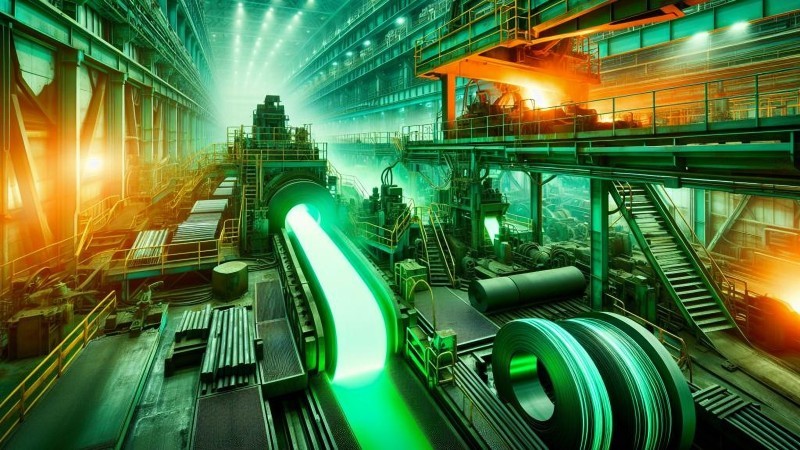Bridging the Gap: Transitioning the Steel Industry Towards Green Hydrogen
Key Ideas
- Industry leaders are exploring green hydrogen as a solution to reduce carbon emissions in the steel industry, despite concerns about its current market viability.
- Gas-based steelmaking is seen as a transitional step towards green hydrogen, offering a more cost-effective alternative with established technology.
- Transitioning from coal to gas-powered steel plants could lead to a significant 75% reduction in emissions, supporting Europe's efforts to move away from coal.
- The shift towards gas-based steel production and steel recycling presents economically viable options with emission reductions relative to traditional coal-based methods.
The steel industry is at a critical juncture, aiming to reduce its significant contribution to global carbon emissions. Industry leaders are considering green hydrogen as a key solution to transition towards a net-zero economy. Despite the potential benefits of hydrogen-based steelmaking, concerns about its market readiness are prevalent, leading some companies to opt for gas-based alternatives as an interim measure. While green hydrogen holds promise for the future, current economic factors favor gas-based methods due to cost-effectiveness and technological maturity.
The shift from coal-powered steel plants to gas-powered ones could result in a substantial 75% reduction in emissions, showcasing a positive step towards mitigating climate impact. This move aligns with Europe's strategic goal of phasing out coal and transitioning towards cleaner energy sources. Moreover, the steel industry is increasingly emphasizing the principles of a circular economy, with companies like Tata Steel and British Steel planning to replace coal-based blast furnaces with electric arc furnaces that rely on recycling scrap steel.
The article also highlights the economic comparison between different steel production technologies, emphasizing the cost-effectiveness of shifting from coal to scrap or natural gas over hydrogen. While green hydrogen is a more expensive option, advancements in technology, availability, and cost reduction are expected to make it a viable choice by 2035-2040. The industry's focus on dual-fuel facilities capable of transitioning from gas to hydrogen signifies a strategic approach to gradually adopt greener practices.
Overall, the steel industry's shift away from coal and towards gas-based solutions, alongside a growing emphasis on recycling, presents a promising path towards reducing carbon emissions while ensuring economic viability and technological advancement.
Topics
Blue Hydrogen
Carbon Emissions
Green Economy
Steel Industry
Recycling
EU Subsidies
Gas-based Alternatives
Cost-effective Solutions
Technological Transition
Latest News
